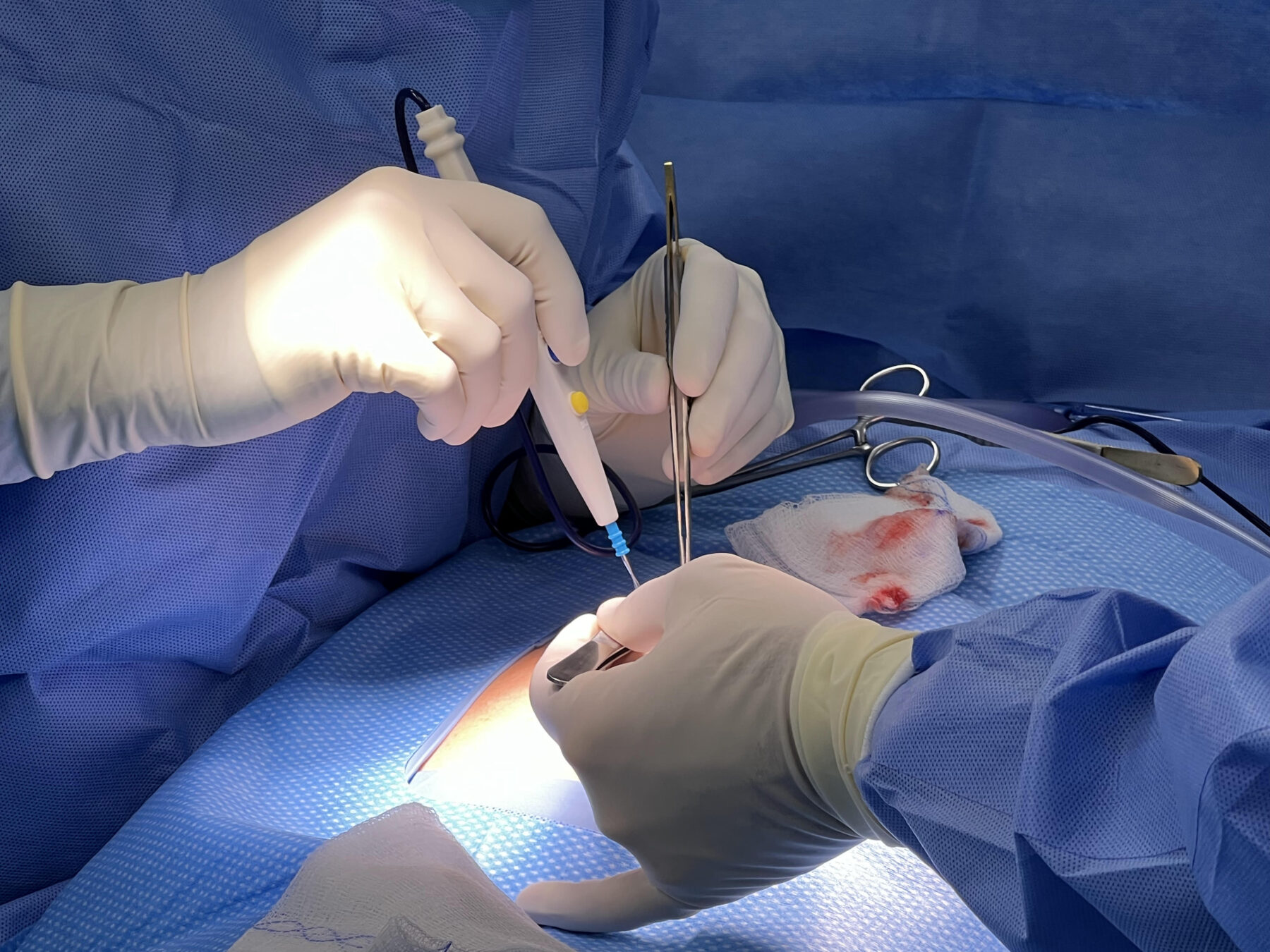
by Ahsan Bhatti, MD
If you are noticing discomfort or pain in your groin or abdominal area, there’s a possibility that you are dealing with the formation of a hernia. A hernia occurs when part of an organ or tissue pushes through an opening in the groin or abdominal muscle. Sometimes this only leads to mild discomfort during certain physical activities, while other times a hernia causes significant pain and can put you at risk for more serious issues if the protruding tissue cannot get the oxygen it needs to function.
There are a number of different techniques for diagnosing a hernia, and we’re going to spotlight some of the most common diagnostic techniques in today’s blog.
Diagnosing A Hernia
Depending on their location in your abdomen or groin, it’s certainly possible that a hernia can be diagnosed with only a physical exam. Sometimes a visible bulge or protrusion can be seen with the naked eye. Other times a doctor can feel for this protrusion by applying some light pressure to the area. Also, because hernias tend to feel more uncomfortable when standing, squatting or bending, your doctor may have you gently perform some movements while applying pressure to the area to see if they can notice the formation of a hernia.
If a physical exam doesn’t clearly show the formation of a hernia, or your doctor wants to get a better understanding of the size and structure of the hernia, they may order some additional tests. The most common diagnostic imaging tests for hernias are:
- Abdominal Ultrasound – An abdominal ultrasound will use sound waves to produce an image of your pelvic and groin area on a screen in the exam room. This non-invasive test can provide a better look at inguinal and scrotal hernias in men, and it can help rule out other potential causes of discomfort in women, like an ovarian cyst or fibroid.
- MRI – An MRI uses radio waves and a specialized magnetic field to generate a higher quality image of the organs in the abdomen area. If your hernia has progressively gotten worse, an MRI can provide a more detailed picture of the herniated tissue and make it easier for the doctor to create a plan for surgical correction.
- CT Scan – A Computed Tomography scan uses X-ray technology to create a detailed image of the abdominal cavity and organs. This type of scan may be ordered if your doctor believes that an issue with another organ in the area may be to blame for your discomfort, as it can help to reveal other causes of abdominal pain and swelling.
Finally, if you are presenting with significant discomfort, your doctor may also order a blood test. If strangulation and tissue death has occurred, the possibility of an infection increases, and a blood test can help to reveal the presence of an infection.
Your gastrointestinal specialist has a number of tools to help them effectively diagnose the formation of a hernia, and it will also help them develop a treatment plan. Since a hernia will not resolve on its own, oftentimes treatment involves regular monitoring or a minimally invasive corrective procedure. Your specialist can walk you through your specific care plan and help to make your life more comfortable if you’re dealing with a hernia.
For more information about hernia onset or treatment, reach out to the team at Bhatti Surgery today at (952) 368-3800.
